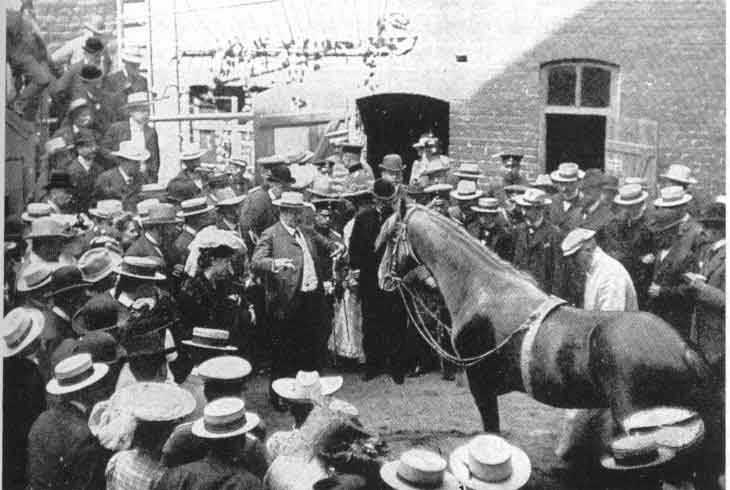NFTs are hot. OpenGLAM is hot. People have THOUGHTS and OPINIONS when NFTs and OpenGLAM get near each other.
Read More...Commercialization-as-a-Service - A Missing Layer of Open Hardware?
Today the Engelberg Center released a report from the Open Hardware Distribution & Documentation Working Group that explores what is really needed to create a distributed manufacturing network for open hardware. You can find the official launch post here and the report itself here. I recommend checking it out.
Read More...Keep 3D Printers Unlocked (the win!)
Today is is even more clear that copyright law does not prevent you from using whatever material you want in your 3D printer.1
-
Why would copyright law prevent you from using the material of choice in your 3D printer anyway? It shouldn’t even be a thing that we are worrying about. However, Lexmark tried this foolishness with 2D printers back in the day and lost. Part of the purpose of requesting this exemption is to try and avoid having to litigate that point again for 3D printers. ↩
Next Wave Openness
Openness is on the march!
Read More...Behold CleverHans.org
On November 13, 2014 I purchased the domain cleverhans.org because I decided that the world needed a digital version of Clever Hans.
Read More...




